Keep it Spooky: Celebrating The World’s Most Haunted Theaters
Written by Ashleigh Gardner
October 24, 2018
A creak on an empty stage, the shadow out of the corner of your eye in the wings, the whisper of your name from behind you in the dressing room. There’s no doubt about it. Every theatre artist is familiar with the theatre’s most elusive characters — ghosts. Whether your shows are in high school auditoriums or on Broadway’s biggest stages, a ghost is never far away, and every theatre below has had their fair share of spooky occurrences over the years.
Theatre Royal, Drury Lane
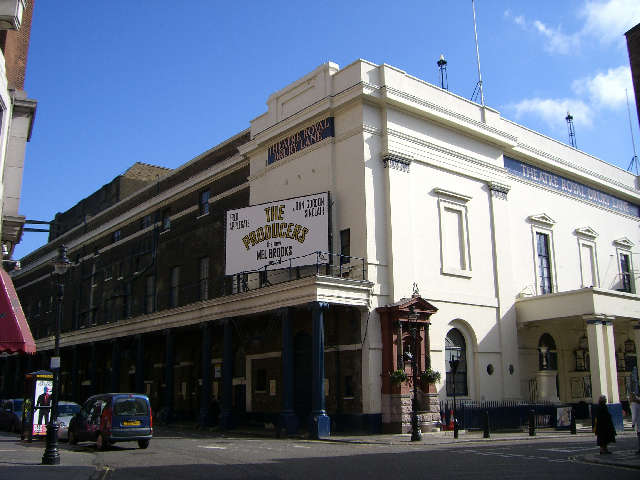
Location: London, United Kingdom
Opened: 1663 (Current building: 1812)
Originally built in 1663 but rebuilt in 1812, Theatre Royal, Drury Lane in London is the oldest continually operating theater in London. As you can imagine, there’s quite a lot of history inside its walls, and as such, a good number of ghosts. This theater’s most famous ghost is The Man in Grey, who has been seen in the upper box by actors performing onstage. He’s attired in 18th-century clothing with a tri-corner hat and has been known to stalk the upstairs before disappearing into the wall. Luckily, his appearance is said to bring about good luck during the run of a production.
Palace Theatre
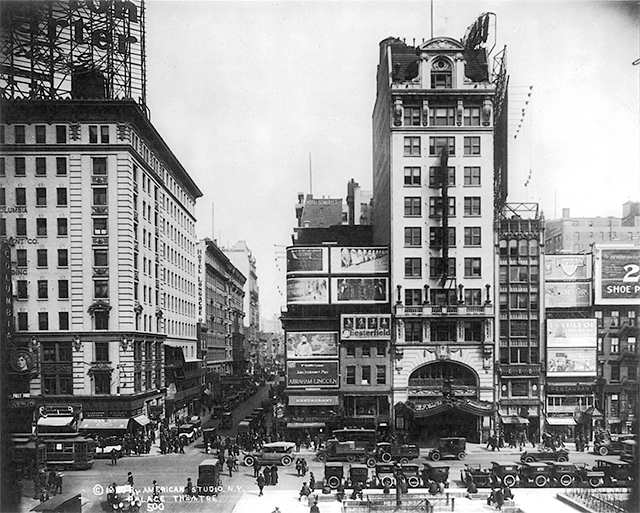
Location: New York, New York
Opened: 1913
During the early 1900s, to “play the Palace” meant to make it big in show business. Performers like Mae West, Fred Astaire, and Bing Crosby were known to have graced the theater’s stage at one point or another, and although the Great Depression resulted in fewer and fewer patrons and its transformation into a cinema house, the ghosts of the Palace never left. There are rumored to be over one hundred spirits that haunt the building: a little boy who plays with toy trucks behind the mezzanine, a man in a brown suit who continuously walks through the halls at night, a little girl who spends her time looking over the balcony, and a lady in a white gown who plays her cello in the orchestra pit (when Andrea McArdle was performing with Beauty and the Beast at the Palace, the lady in white appeared to her one evening). However, the most frightening ghost said to haunt the theatre is the spirit of Louis Borsalino, a vaudeville tightrope walker who fell to his death in 1935. Witnesses claim to see him fall from his rope, screaming on the way down, only to reenact his routine — and death — the next night.
The Boston University Theatre
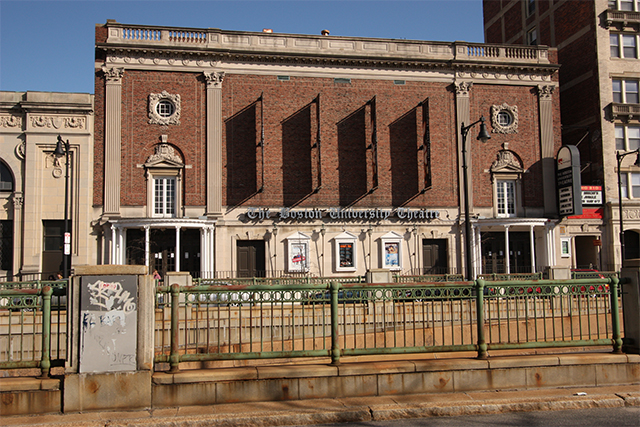
Location: Boston, Massachusetts
Opened: 1923
Henry Jewett, actor and all-around versatile performer, opened the Repertory Theatre of Boston so that his acting troupe, the Henry Jewett Players, would have a building to call their own. However, within 5 years, the company went bankrupt and the theatre was turned into a cinema, causing Jewett to sink into a deep depression. It’s rumored that Jewett, who could find no recourse after losing his business and his theatre, hanged himself under the stage. His spirit continued to haunt the building after the building was bought by the Huntington Theatre Company during the 1980s. He’s been said to appear at the back row of the house during rehearsals and play tricks on stage managers by messing with lighting and sound cues.
New Amsterdam Theatre
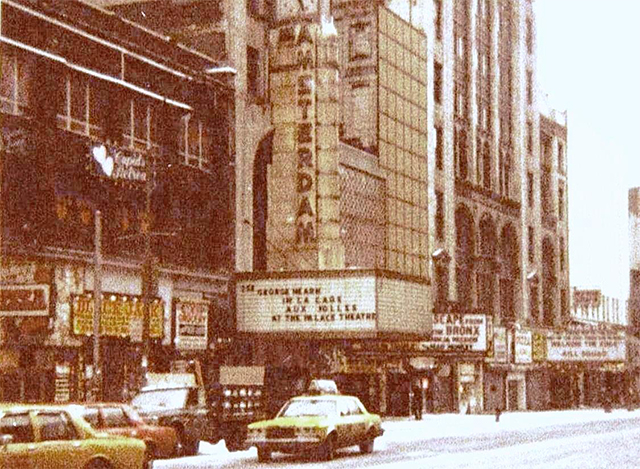
Location: New York City
Opened: 1903
Rumored to be the most active theatre in terms of ghostly hauntings, the New Amsterdam Theatre in New York is home to the ghost of Olive Thomas, a Ziegfield Follies chorus girl who, at 16, won the honored title of “The Most Beautiful Girl in New York City”. Despite her fame and luck with the Follies, in 1920 at the age of 25, she committed suicide by swallowing mercury pills, but that that didn’t stop her spirit from wandering the theatre and making herself known to technicians, contractors, and performers alike. Her ghost has frequently been seen in a full Follies costume while carrying a blue bottle of pills; she walks the backstage area and the audience, appearing mostly to men. Out of respect for her ghost, the theatre has placed pictures of her on some of the walls so that theatre staff and guests can greet her every time they come in for a show.
Ford Center for the Performing Arts Oriental Theater
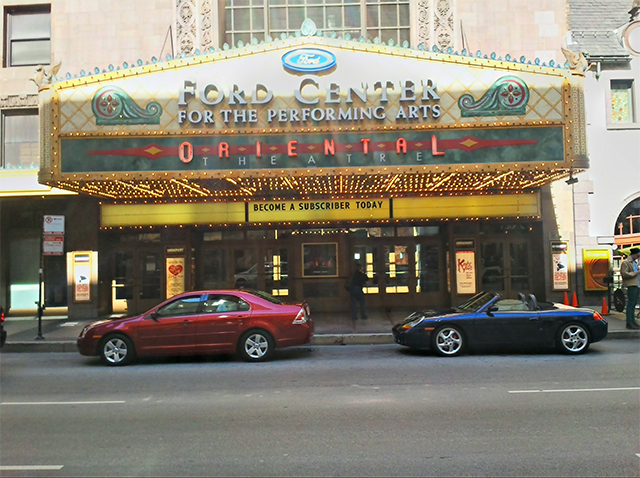
Location: Chicago, Illinois
Opened: 1903 (Current building: 1926)
When it opened, the Ford Center for the Performing Arts Oriental Theater was originally titled the Iroquois Theatre, and it was considered absolutely fireproof. Unfortunately, on the evening of December 30, 1903, the theatre was presenting a production of Mr. Blue Beard, and sparks from an arc light ignited a muslin curtain and moved up into the fly system. When the stage manager tried to lower the fire curtain, it snagged and left the scenery and curtains exposed to the flames. Eddie Foy, who was performing in the musical, risked his life and stayed onstage and attempted to calm the crowd as large chunks of flaming scenery fell around him. Though Foy survived, 602 people, including theatre patrons, performers, and staff alike, perished in the blaze. Their bodies were stacked in the alleyway behind the theatre, and the area is said to be the location of various ghostly sightings, including a woman with two small crying children who hold onto her coat.
Dock Street Theatre
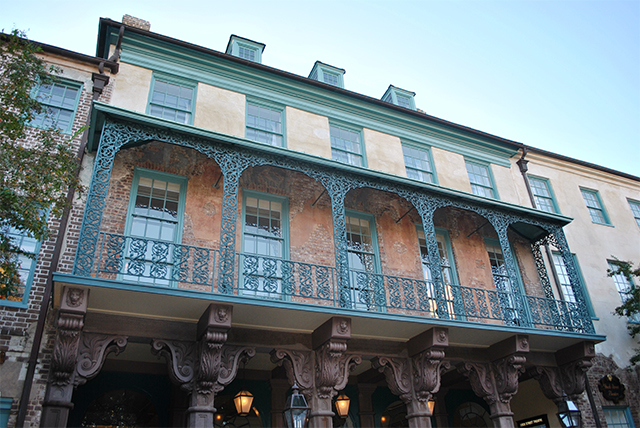
Location: Charleston, South Carolina
Opened: 1736 (Current building: 1809)
The Dock Street Theatre now stands where the “Planter’s Hotel” used to stand. (The old Dock Street Theatre was just around the block, but it is believed to have burned down during the Charleston fire of 1740.) The current building was a hotel before it was a theatre, and it is currently the oldest surviving Antebellum “hotel” in the south. The theatre is rumored to be home to the ghost of Junius Brutus Booth — the father of John Wilkes Booth, the man who assassinated Abraham Lincoln. During the early days of the theatre, Junius Booth appeared onstage at the Dock Street Theatre with a troupe of traveling actors, and though it’s unclear why his ghost should remain there (when he died hundreds of miles away in Louisville, KY), patrons and staff alike have seen a man resembling him walking the halls.
Gershwin Theatre
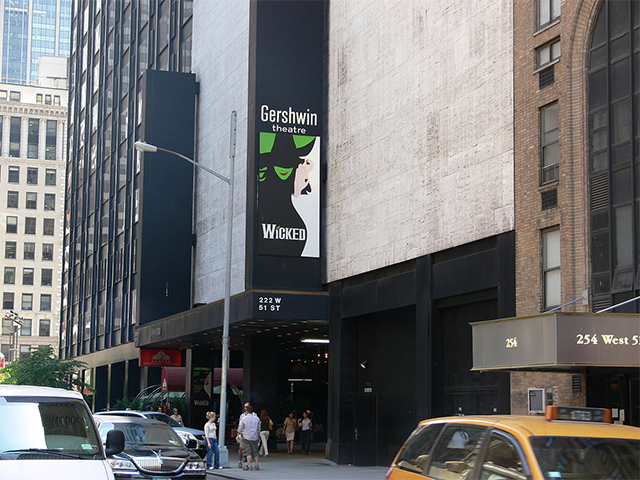
Location: New York, New York
Opened: 1971
The Gershwin Theatre isn’t one of the oldest theatres in New York, but it certainly has its ghosts. Rumors of a man dressed in a blue 19th-century suit circulate among cast and crew members, and a man in a white shirt has been seen strolling across the stage occasionally. During the run of Wicked in 2012, Nathan Peck was tapped on the shoulder as he was waiting to enter for his front-of-house monkey flight. When he turned around, no one was there. Kevin Hucke reported experiencing the same shoulder-tapping phantom in the same spot on several different occasions.
The Belasco Theatre
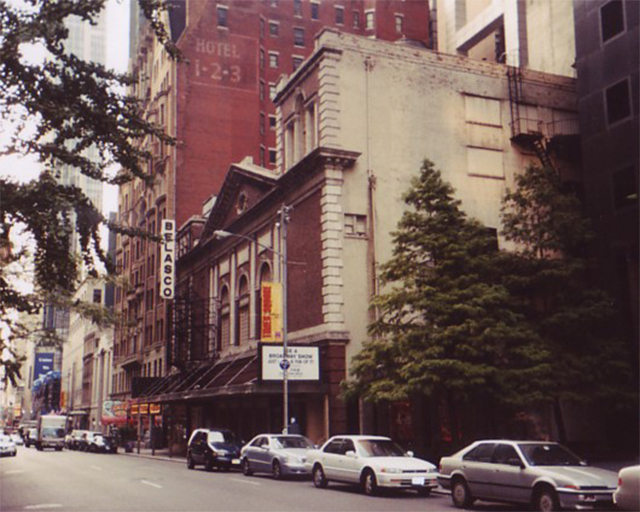
Location: New York, New York
Opened: 1907
Perhaps one of Broadway’s most famous and frequently seen ghosts, the spirit of theatre owner and producer David Belasco has been seen in almost every part of the 110-year-old theatre. Belasco was dubbed “The Bishop of Broadway” due to his regular attire – a priest-like cassock robe — and he spent most of his time at the theatre and lived in an apartment above the space. Witnesses say that he is one of the most alive looking ghosts, manifesting as a full-fledged human being (not see-through) and sometimes walking up to actors, shaking their hands, and telling them that they’d done a beautiful job onstage. It’s believed that seeing Belasco before a performance is good luck.
St. James Theatre
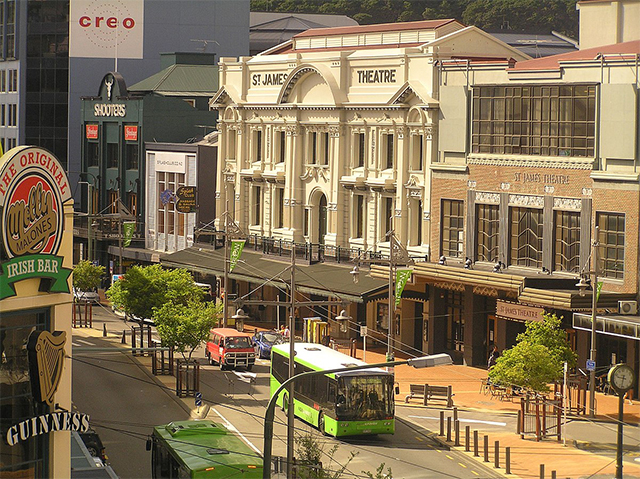
Location: Wellington, New Zealand
Opened: 1912
Built in 1913 as a venue for silent films, St. James Theatre was also home to acts from vaudeville and minstrel shows to Shakespearean dramas. Like The Palace Theatre, the St. James has its own spirit of an acrobat — Yuri — who perished during one of his routines. He’s also been blamed for tampering with the lights during performances. The spookiest of the theatre’s ghosts is The Wailing Woman who’s been heard weeping in the dressing rooms. She is rumored to have been booed during her performance before she killed herself backstage. Her ghost is accused of causing physical accidents, mostly to women: tripping actors resulting in broken limbs and sprains and causing severe sudden head colds that delay or cancel performances.
The Annie Russell Theatre
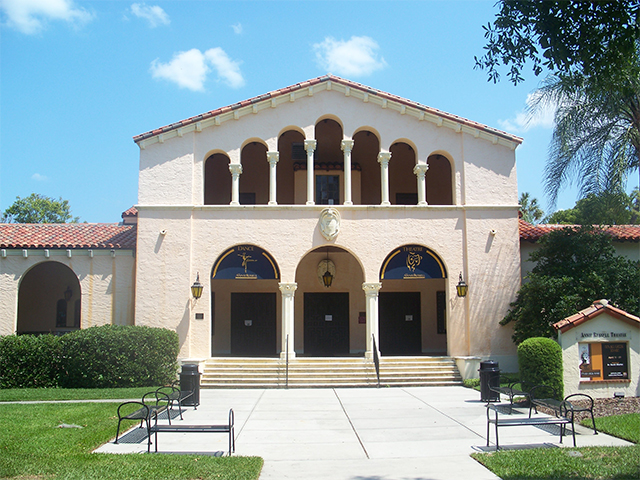
Location: Orlando, Florida
Opened: 1931
A gift from Mary Curtis Bok Zimbalist to Annie Russell in 1931, the Annie Russell Theatre sits on the Rollins College campus and holds claim to one of the most benevolent theatre ghosts in the industry: Annie Russell herself. Annie’s favorite seat during her life was in the balcony, right side, third row down, second seat over, and it appears that it’s still the seat she favors in the afterlife. It’s said that if Annie finds a play favorable, she’ll leave the auditorium seat down for the whole show…until it bounces back up again when her spirit leaves at curtain. Former lighting designer Jim Fulton would bring his golden retriever to the theatre when he worked, and the dog would trot up to the seat and stare at it for several minutes. Alumni of the theatre department host a “Get To Know You” dinner every year where they mingle and tell stories of Annie’s ghost, and there isn’t a theatre major from Rollins who doesn’t have at least one story about her.
Interested theatre history? Check out our other features below!
- Know the Basics: Shakespeare
- Know the Basics: The Medieval Plays
- Know the Basics: Renaissance Theatre
- 10 Contemporary Native American Playwrights You Should Know
- 10 Contemporary Playwrights of Color You Should Know
- 10 Asian American Playwrights You Should Know
- 10 Latinx, Hispanic, and Chicano/a Playwrights You Should Know
- 10 Eighteenth-Century Female Playwrights You Should Know
- 10 Nineteenth-Century Female Playwrights You Should Know
- 10 Classic Russian Playwrights You Should Know
- 12 Elizabethan and Jacobean Playwrights You Should Know
- 7 Greek and Roman Playwrights You Should Know
- 13 Classic American Playwrights You Should Know
- Early 20th Century Broadway Composers and Lyricists You Should Know
